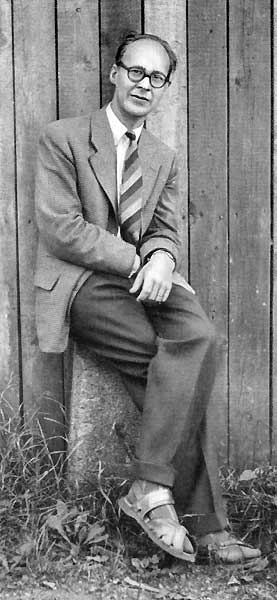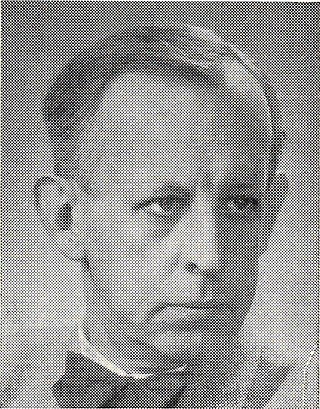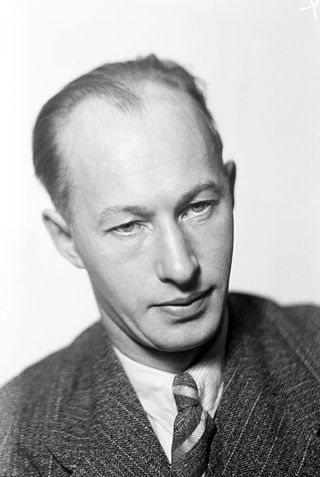
Pär Fabian Lagerkvist was a Swedish author who received the 1951 Nobel Prize in Literature.

Stig Halvard Dagerman was a Swedish author and journalist prominent in the aftermath of World War II.

Alma Katarina Frostenson Arnault is a Swedish poet and writer. She was a member of the Swedish Academy from 1992 to 2019. In 2003, Frostenson was made a Chevalier of the Legion of Honour in France in recognition of her services to literature.
Swedish literature is the literature written in the Swedish language or by writers from Sweden.

Karl Vennberg was a Swedish poet, writer and translator. Born in Blädinge, Alvesta Municipality, Kronoberg County as the son of a farmer, Vennberg studied at Lund University and in Stockholm and worked as a teacher of Norwegian in a Stockholm folk high school. His first collection of poems "Hymn och hunger" was published in 1937. Along with Erik Lindegren he became the most prominent representative of the Swedish literary movement fyrtiotalism in the 1940s. The collection of poems Halmfackla was his literary breakthrough. During his career, he published 20 collections of poetry. His literary criticism, mainly as cultural editor in Aftonbladet from 1957 to 1975, had an important influence on the Swedish literary scene. Vennberg became known for translating and introducing the literary works by Franz Kafka to Swedish, including The Trial (1945). He also translated works by T.S. Eliot and Thomas Mann's Death in Venice to Swedish. In the 1970s he also became known as one of the translators of the Bible.

Karl Werner Aspenström was a Swedish poet.

Erik Lindegren was a Swedish author, poet, critical writer and member of the Swedish Academy. Grandson of composer Johan Lindegren.
The period of Modernistic Swedish literature started in the 1910s. Some regard 1910 itself as the beginning, when August Strindberg published several critical newspaper articles, contesting many conservative values. Several other years are also possible. What is undisputed is that with the advent of social democracy and large labor strikes, the winds of the 1910s blew in the direction of a working class reformation.
Swedish modernist poetry developed in the 1910s with authors such as Pär Lagerkvist and was established the 1930s and 1940s. Distinguishing features where experimentation within a variety of styles, usually free prose without rhymes or metric syllables.

Olof Gustaf Hugo Lagercrantz was a Swedish writer, critic, literary scholar and publicist.
Robin Fulton is a Scottish poet and translator, born on 6 May 1937 on the Isle of Arran. Since 2011 he has published under the name Robin Fulton Macpherson.
Samfundet De Nio is a Swedish literary society founded on 14 February 1913 in Stockholm by a testamentary donation from writer Lotten von Kraemer. The society has nine members who are elected for life. Its purpose is to promote Swedish literature, peace and women's issues. It mainly presents a number of literary awards. It was started as an alternative to the Swedish Academy and is often compared to its more noted cousin.

Rut Gunhild Hillarp was a Swedish poet and novelist. She is remembered for her modernist poetry evoking the difficulties of achieving sexual relationships in a man's world.

Axel Örnulf Tigerstedt was a Finnish-Swedish poet, novelist, translator, journalist and a supporter of Nazism before and during the Second World War.

Oscar Ivar Öhman was a Swedish journalist and diplomat. He served as Ambassador of Sweden to Greece from 1976 to 1980.

The 1974 Nobel Prize in Literature was awarded jointly to Swedish authors Eyvind Johnson (1900–1976) "for a narrative art, farseeing in lands and ages, in the service of freedom" and Harry Martinson (1904–1978) "for writings that catch the dewdrop and reflect the cosmos." The winners were announced in October 1974 by Karl Ragnar Gierow, permanent secretary of the Swedish Academy, and later sparked heavy criticisms from the literary world.

The 1951 Nobel Prize in Literature was awarded the Swedish author Pär Lagerkvist "for the artistic vigour and true independence of mind with which he endeavours in his poetry to find answers to the eternal questions confronting mankind." Lagerkvist is the fourth Swedish recipient of the Nobel Prize in Literature after Lagerlöf in 1909, Von Heidenstam in 1916, and Karlfeldt in 1931.










